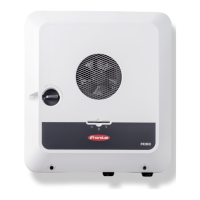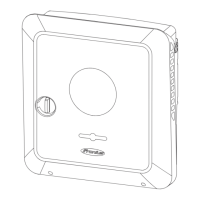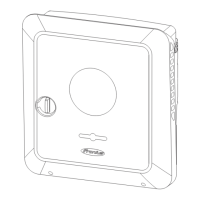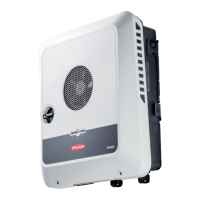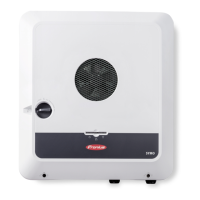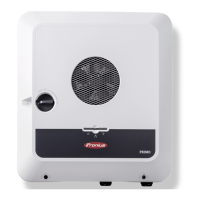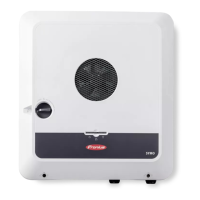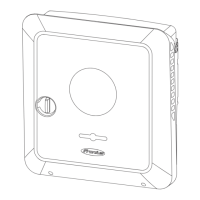The cooling of the device takes place via an electronic temperature control sys-
tem at the lowest possible noise level and depends on the power used, ambient
temperature, and the soiling level of the device, etc.
It is not possible to provide a workplace-related emission value for this device,
because the actual sound pressure level is heavily influenced by the installation
situation, the power quality, the surrounding walls, and the properties of the
room in general.
EMC measures In certain cases, even though a device complies with the standard limit values for
emissions, it may affect the application area for which it was designed (e.g., when
there is equipment that is susceptible to interference at the same location or if
the site where the device is installed is close to either radio or television receiv-
ers). If this is the case, the operator is obliged to take action to rectify the situ-
ation.
Backup power This system has backup power functions. A replacement power supply can be es-
tablished in the event of a failure in the public grid.
Maintenance and installation work in the home network requires both disconnec-
tion on the network side and deactivation of the replacement power mode by
opening the integrated DC disconnector on the inverter.
Depending on the irradiance conditions, the backup power supply is automatic-
ally deactivated and activated. This can cause the backup power supply to unex-
pectedly return from standby mode. Therefore, installation work can only be per-
formed on the home network when the PV disconnect is switched OFF. This ac-
tion shall deactivate the backup power supply.
Influencing factors on the total output in backup power mode:
Reactive power
Electrical loads with a power factor not equal to 1 require reactive power as well
as effective power. The reactive power places a further load on the inverter. To
correctly calculate the actual total output, it is therefore the current produced
by the effective and reactive power, and not the rated power, that is relevant.
Devices with a high reactive power are predominantly electric motors, such as:
-
Water pumps
-
Circular saws
-
Fans
High starting/start-up current
Electrical loads that need to accelerate a large mass generally require a high
starting/start-up current. This can be up to ten times the nominal current. The
maximum current of the inverter is available for the starting/start-up current.
Loads with too high a starting/start-up current cannot, therefore, be started/
operated, even though the nominal power of the inverter suggests otherwise. The
connected load power and the starting/start-up current must therefore be taken
into account when it comes to sizing the backup power circuit.
Devices with a high starting/start-up current include:
-
Devices with electric motors (e.g., lift platforms, circular saws, workbenches)
-
Devices with a high transmission ratio and flywheel mass
-
Devices with compressors (e.g., compressed air compressors, air-conditioning
systems)
8
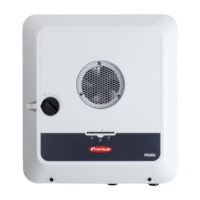
